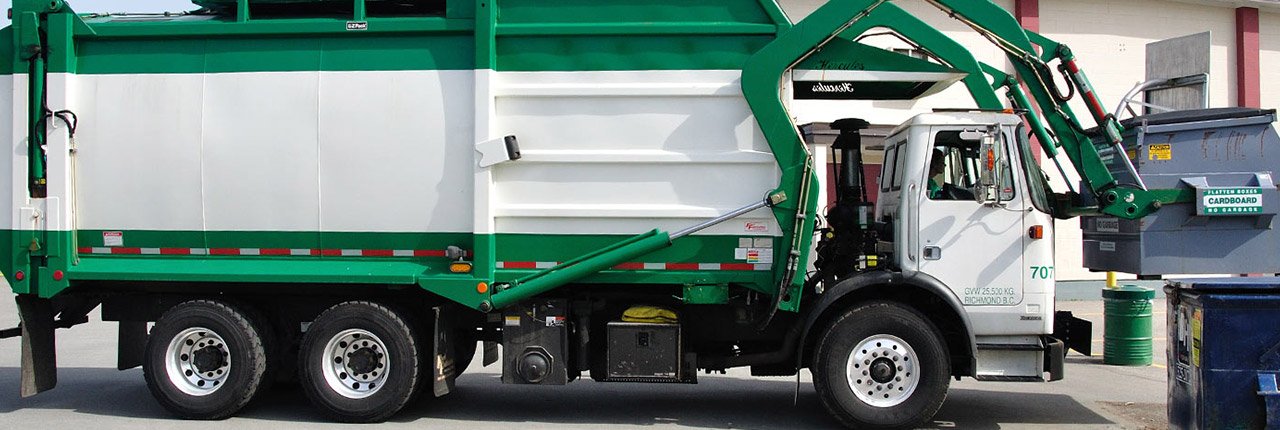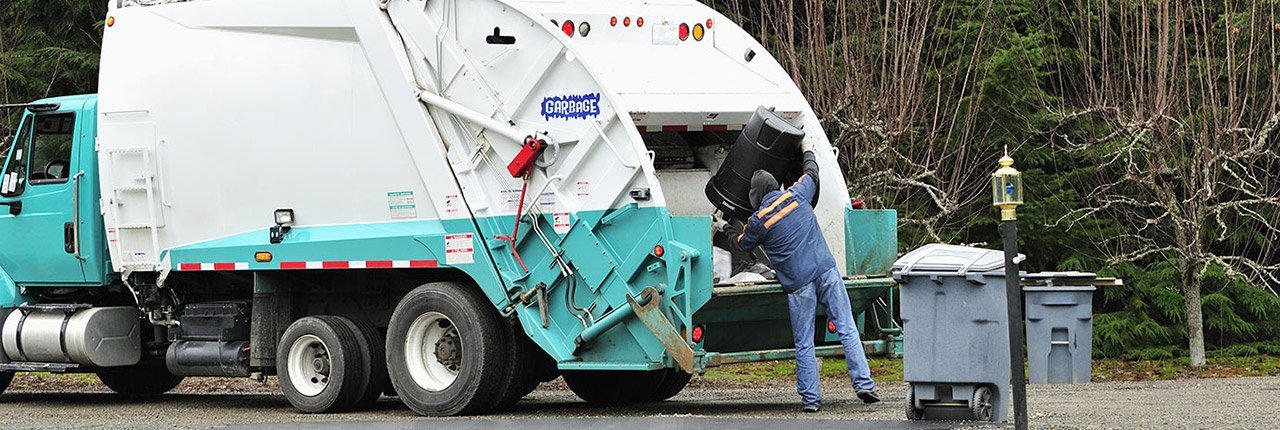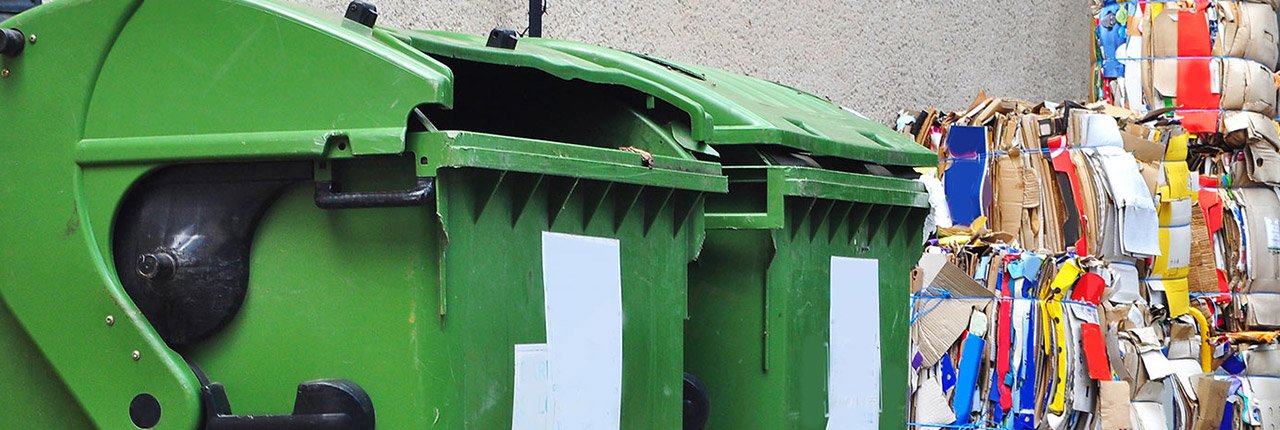Mastering the Art of Clutter Removal and Hoarder Clean Up
Posted on 28/09/2025
Mastering the Art of Clutter Removal and Hoarder Clean Up
Clutter removal and hoarder clean up are essential skills that have gained renewed focus in recent years. With people spending more time at home, awareness of the effects of disorganization on mental and physical health has skyrocketed. Whether you're tackling an extreme hoarding situation or simply tidying a messy space, understanding professional strategies can make all the difference. This comprehensive guide unpacks the art of decluttering and provides step-by-step advice for transforming any space into a serene, functional haven.
Understanding Clutter and Hoarding: Definitions and Differences
Before embarking on a major cleanout, it's important to understand the differences between *clutter*, typical mess, and *hoarding*. Here's what separates these categories:
- Clutter: Accumulations of objects in disorganized piles, often everyday items, that reduce space and efficiency.
- Mess: Temporary disorder that can arise from daily living. Mess typically disappears with routine cleaning.
- Hoarding: A diagnosed mental health disorder where individuals have persistent difficulty discarding possessions regardless of actual value, resulting in dangerous levels of accumulation and impaired living spaces.
Clutter removal can be as simple as a seasonal clean out, but hoarder clean up often demands expert intervention due to safety, health, and emotional considerations.

Why Clutter Removal Matters: The Benefits of an Organized Space
Decluttering isn't just about creating more room--it has far-reaching benefits that impact nearly every aspect of life:
- Mental clarity: Cleaner spaces reduce stress and foster a calm mind.
- Productivity boost: Organization streamlines your daily routines.
- Enhanced safety: Removing unnecessary items lessens trip hazards and improves fire safety.
- Improved hygiene: Cluttered environments can harbor dust, mold, and pests.
- Greater comfort and pride: An orderly home is more inviting for you and your guests.
For those with hoarding tendencies, effective clean up can also pave the way for improved health and relationships.
Preparing for a Hoarder Clean Up: Safety First
Hoarder clean up is unlike regular clutter removal. It often involves unique risks and should be approached with careful planning and sensitivity. Consider the following crucial steps:
1. Assessment and Planning
- Assess the scope: Determine room by room what needs cleaning and the level of severity.
- Identify hazards: Be on the lookout for sharp objects, expired food, biohazards, and structural damage.
- Gather supplies: Heavy-duty garbage bags, gloves, face masks, cleaning products, and containers for sorting should be on hand.
2. Assemble Your Team
- Safety in numbers: Larger jobs benefit from a support team--friends, family, or professional cleaners.
- Consider professionals: If the situation is extreme, hiring a certified hoarding clean up company may be necessary for specialized cleaning and disposal.
3. Emotional Preparation
- Empathy matters: Approach with compassion, especially if a loved one is struggling with hoarding disorder.
- Support is essential: Psychologists or counselors can help manage the mental burdens associated with parting from possessions.
A Step-by-Step Guide to Clutter Removal and Hoarding Clean Up
Step 1: Sort and Categorize
- Divide and conquer: Sort items into "keep," "donate," "discard," and "recycle" piles.
- Use clear containers for organizing keepers and help visualize progress.
- Tackle one room at a time to avoid feeling overwhelmed.
Step 2: Prioritize Safety and Hygiene
- Dispose of expired food, hazardous substances, and soiled materials immediately.
- Use masks and gloves when dealing with dust, mold, or unknown substances.
- If you encounter animal waste, sharp objects, or biohazards, consult with professional cleaners.
Step 3: Deep Clean
- Once clutter is removed from each section, deep clean surfaces, flooring, and fixtures.
- Replace air filters and clean ducts if needed; hoarded homes often have reduced air quality.
- Check for and address mold, pests, and water damage.
Step 4: Organize and Restore
- Implement storage solutions: shelves, bins, labels, and hooks boost long-term organization.
- Maximize functionality--group regularly used items within easy reach.
- Highlight sentimental or important items while maintaining overall neatness.
Pro Strategies for Efficient Clutter Removal
Professional organizers and cleaners use several time-tested strategies to make clutter removal faster and less stressful. Here are some of the best methods:
- The Four-Box Method: Assign four boxes or bins labeled: Keep, Donate, Toss, and Relocate. Every item must go in one box--no skipping!
- Set a Timer: Work in focused 20- to 30-minute bursts, then take a break. This keeps energy levels up and prevents burnout.
- Create a Decluttering Calendar: Schedule small, consistent sessions rather than trying to declutter the entire home in one go.
- Room-by-Room Approach: Focus on one space at a time--beginning with the area that bothers you most or is used most frequently.
- Ask Critical Questions: For each item: "Do I use this? Do I love this? If I lost it, would I miss it?"
How to Encourage Long-Term Success for Hoarders
One-time hoarder clean up is often not enough for lasting change. For those prone to hoarding, ongoing systems and support networks make all the difference:
- Regular Check-ins: Stay in touch with therapists, organizers, or support groups.
- Develop healthy routines: Make tidying a daily or weekly habit.
- Address underlying issues: Many hoarders struggle with anxiety, depression, or trauma that drive their behaviors. Mental health resources are key.
- Celebrate small victories: Recognize progress to build motivation and confidence.
When to Hire a Professional Hoarder Clean Up Service
Some situations require the experience and resources that only professionals can provide. Consider hiring a clutter removal or hoarding cleanup service if you encounter:
- Biohazards (bodily fluids, animal waste, sharp objects, hazardous chemicals)
- Structural damage or unsafe living conditions
- Pest infestations (mice, insects, etc.)
- A large volume of items that overwhelm your available time and resources
- Significant emotional distress--yours or the property owner's
Professional services offer specialized equipment, trained staff, and disposal solutions that make cleaning efficient and safe. They are also skilled in compassionate communication, which can be crucial for individuals in emotional distress.
The Psychological Impact of Clutter and Hoarding
Mounting evidence shows strong links between clutter and mental health. Disorganized environments fuel anxiety, reduce cognitive clarity, and can negatively affect self-esteem. In cases of hoarding, the effects are even more profound:
- Feelings of shame and isolation from family and friends
- Difficulty with routine self-care and daily functioning
- Increased risk of depression
- Potential for strained relationships and legal issues
Recognizing emotional attachments to possessions is a vital part of any clean up. Approaching the process with empathy fosters trust and lasting change, particularly for those struggling with hoarding disorder.
Eco-Friendly Clutter Removal: Sustainable Solutions
Responsible clutter removal not only saves your space--it helps save the planet. Here's how to declutter in an environmentally friendly way:
- Donate usable items: Clothing, electronics, furniture, and household goods can be redirected to local charities and shelters.
- Recycle properly: Follow community guidelines for electronics, batteries, paper, glass, and plastics.
- Compost organic waste: Food scraps and yard waste can be turned into nutritious compost for your garden.
- Avoid the landfill: Schedule bulk pickup services and hazardous waste drop-off for proper disposal of chemicals and electronics.
Eco-friendly clean up not only unclutters your home but gives back to your community and environment.
Maintaining a Clutter-Free Space
Once you've achieved a clear, orderly home, it's important to keep it that way. Use these techniques to defend against future buildup:
- Adopt a "one in, one out" rule: Each new purchase means one item leaves the house.
- Set up ongoing donation boxes: Make it easy to deposit items for charity throughout the year.
- Streamline storage: Favor clear bins, well-labeled shelves, and multifunctional furniture.
- Establish cleaning routines: Daily tidying and regular deep cleaning stops clutter in its tracks.
- Mindful purchasing: Avoid impulse buying; only bring home what you truly need or love.
Even a few minutes each day on light upkeep preserves your results and enhances your living environment.

Clutter Removal and Hoarder Clean Up Tips for Different Spaces
Attics and Basements
- Often home to forgotten relics, these areas require special attention. Wear protective gear and be prepared for dust and low lighting.
- Sort contents at the entry point to avoid tracking dirt or mold through the house.
Bedrooms and Closets
- Regular rotation of seasonal clothing helps control overflow.
- Use hanging organizers, under-bed storage, and donation bins to maximize space.
Kitchens and Pantries
- Check expiration dates and group similar items together for efficiency.
- Install pull-out shelves or lazy Susans for improved access.
Garages and Sheds
- Keep like with like: sports gear, garden tools, and automotive supplies in separate, labeled bins.
- Utilize overhead racks and wall hooks to free up floor space.
Living Rooms and Common Areas
- Favor open shelving and baskets for media, books, and toys; edit collections regularly to prevent overflow.
- Furniture with built-in storage keeps essentials handy but out of sight.
Final Thoughts: Mastery Through Practice and Patience
Mastering the art of clutter removal and hoarder clean up is a journey--one that requires a blend of practical strategies, empathy, and perseverance. Whether you're reclaiming a single room or transforming an entire household, remember that progress over perfection is the goal. Celebrate every small success, enlist the right help when needed, and build habits that foster lasting organization. Soon, you'll not only enjoy a transformed living space, but also the peace and pride that comes from order restored.
If you've found this guide useful, share it with others and consider consulting with professional clutter removal specialists for especially challenging jobs. Your journey to a clearer, healthier, and happier space begins today!







